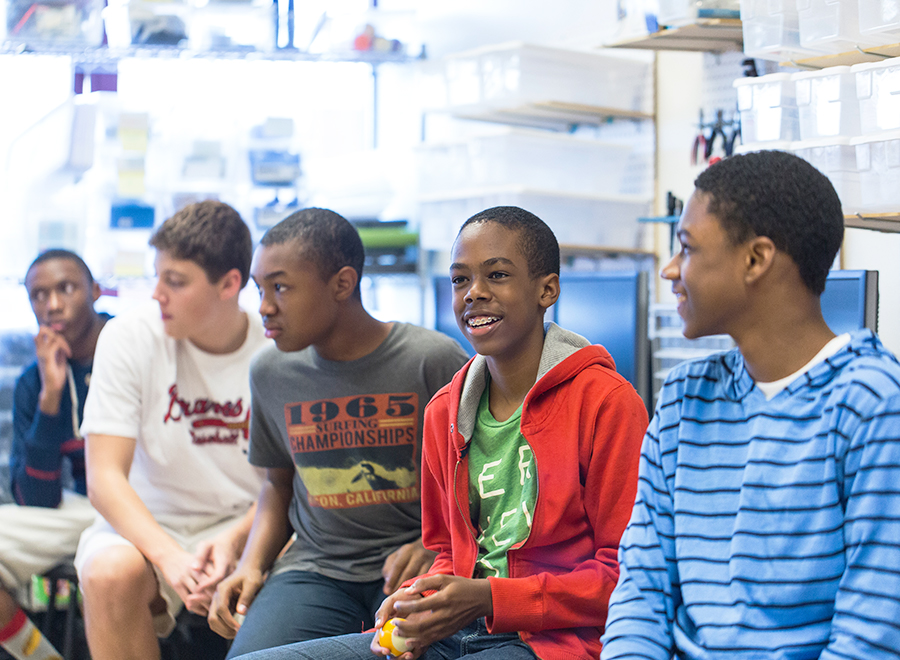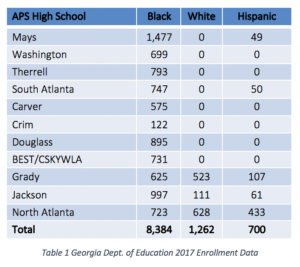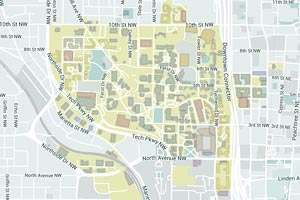
Confronting the Ghost in Computing Education
The Constellations Center for Equity in Computing is a research and thought leadership group at Georgia Tech committed to building an equitable infrastructure for computing education in secondary schools in Atlanta and around the country. In response to President Obama’s national call for CSforAll, Constellations is helping to craft Georgia Tech’s plan for developing a national strategy to democratize computer science education at this critical stage in the effort to improve STEM education and the nation’s technical workforce.
It is a challenge of structure and ghosts.
On its face, the educational challenge is familiar. What ought students in high school learn about computer science and in what order? What, if any, standardized examinations appropriately incentivize school districts to offer rigorous computer science and measure student achievement? Where will the teachers come from who are aptly skilled to take on this challenge? What manner of teacher professional development is appropriate for in-service and pre-service teachers to become proficient at teaching computer science? What is the most effective curricular sequence?
Those questions are the substance of education research agendas.
In its body, however, the social challenge is haunted. The segregation in Atlanta public schools sets a context for educational intervention that requires navigation in two completely different worlds – one Black and one White. Atlanta is the second most segregated city in the United States and Atlanta Public Schools (APS) is at once a district for Black students and a separate district for White students.
Segregation is an American ghost.
Exorcising this ghost requires more than sound pedagogy and effective programs. It requires acknowledging and confronting this reality directly. It requires that we turn on the lights.
There are 11 traditional public high schools in APS. This does not include the public charter high schools. In 2017, these high schools served 10,346 students. 81% of them were Black, 12% of them were White and 7 percent were Hispanic. As of the last census, the city of Atlanta is 52% Black, 37% White and 5 percent Hispanic. 
According to the Georgia Department of Education, all of the 1,262 White students in APS traditional high schools in 2017 attended only 3 of the 11 public high schools. Within those schools, parents and students alike know that the White students are also separated behind the walls of the International Baccalaureate (IB) programs, or the Advanced Placement (AP) or Honors tracks. Said another way, 8 of the 11 traditional public high schools are for colored only.
My daughter is an entering freshman in an APS high school this term. She showed her schedule to her friends. Their response, “you got all them good honors classes, you know you gonna be with all the White kids, right sis?”
Right.
The students know. Despite the mythical diversity embedded in the language and brochures of our city’s education, the students themselves know the truth. They can see the ghost.
Georgia Tech has the technical capacity to build an infrastructure for computing education in public school districts in Atlanta and around the country. What we do not have is the power of Papal exorcism to confront an American ghost.
Our charge, therefore, is to look to history. How do we craft 21st-century educational innovation in a 20th-century social environment?
Step one, turn on the lights and shed our fear of ghosts.



